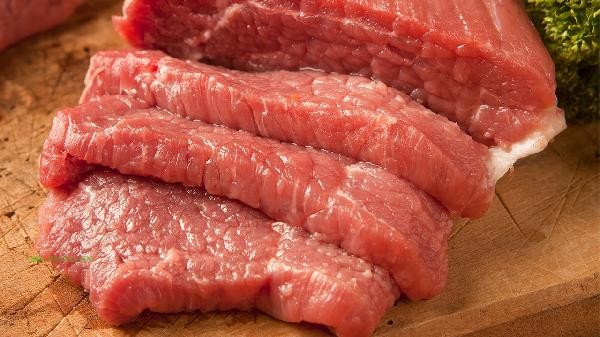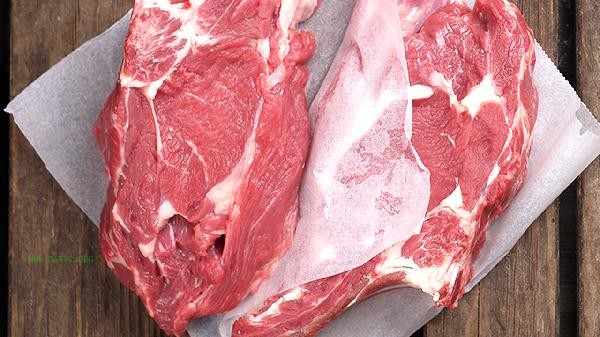Beef and lamb can be eaten together, and their combination will not cause food conflicts and can complement each other's nutrition. When beef and lamb are eaten together, their protein types complement each other. Beef is rich in creatine and iron, which helps with muscle synthesis and hematopoietic function; Lamb meat contains a high amount of L-carnitine and vitamin B12, which are beneficial for metabolism and the nervous system. The difference in fat composition between the two is significant, with beef being dominated by saturated fatty acids and lamb having a higher proportion of unsaturated fatty acids. Mixed consumption can balance the intake of fatty acids. It is recommended to use hotpot or clear stew when cooking, which can retain nutrients and avoid greasiness. Paired with white radish or hawthorn can help with digestion.

In special circumstances, it is important to control the amount of food consumed. For those with weak gastrointestinal function, excessive mixing may increase digestive burden. Gout patients should limit their intake frequency. The purine content in beef and mutton is relatively high, and excessive intake may induce an increase in uric acid. Some people are sensitive to the gamey taste of lamb, so they can soak it in Sichuan pepper water to remove the fishy smell before cooking it with beef. Religious dietary taboos require individuals to choose based on their personal beliefs, as Islam and Judaism have specific requirements for the slaughter of beef and mutton.

Beef and mutton can be consumed alternately in daily diet, with a total weekly intake of no more than 500 grams. Paired with dark vegetables and whole grains, it can improve iron absorption rate. hypertensive patients are advised to choose lean meat parts and use less salt and sauce when cooking. If there is bloating or itching on the skin after consumption, immediately stop eating. For those with allergies, it is necessary to eat a small amount of food for the first time to observe the reaction. Maintaining the freshness of ingredients and sufficient heating are key to safe consumption, avoiding cross contamination between raw and cooked foods.









Comments (0)
Leave a Comment
No comments yet
Be the first to share your thoughts!